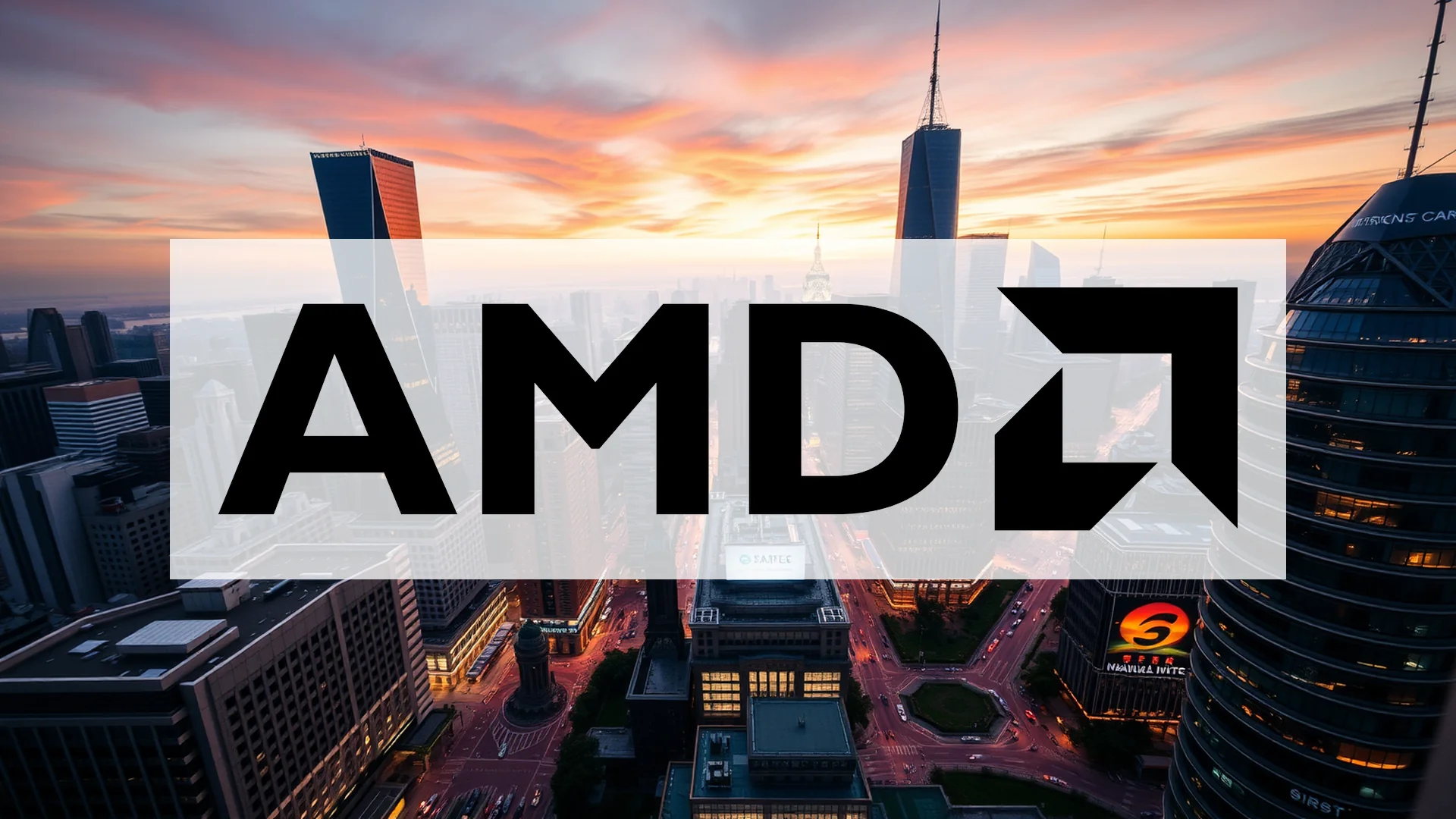Advanced Micro Devices (AMD) is mounting a formidable challenge to Nvidia’s dominance, presenting financial targets that have captured market attention. During the company’s recent Financial Analyst Day, CEO Lisa Su outlined a transformative vision, projecting average annual growth exceeding 35% over the next three to five years. This ambitious roadmap raises a crucial question for investors: can AMD deliver on these projections, or are they merely optimistic pronouncements during an overheated AI boom?
Strategic Alliances and Technological Advancements
The company’s growth strategy receives significant validation through high-profile partnerships with industry leaders including OpenAI and Oracle. These collaborations demonstrate that AMD’s technology is being taken seriously within the competitive artificial intelligence sector. The rapid adoption of their new Instinct MI350 GPU series by major cloud providers marks what the company describes as the fastest product ramp in AMD’s history.
Looking ahead, the “Helios” systems featuring the MI450 series are scheduled for release starting in the third quarter of 2026, positioning the company to intensify its direct competition with Nvidia. Lisa Su’s projection that the total AI chip market could reach one trillion dollars by 2030 underscores the enormous opportunity that AMD is targeting.
Ambitious Financial Targets
AMD has committed to specific financial objectives that place considerable pressure on future performance. The company aims not only for annual revenue growth above 35% but simultaneously targets operating margins also exceeding 35%. The most striking goal involves earnings per share, which the company projects will surpass the $20 threshold.
Should investors sell immediately? Or is it worth buying AMD?
These aren’t vague aspirations but concrete commitments to the market. Each quarterly report will now be scrutinized against whether AMD remains on track to achieve these exceptional growth rates. The data center segment, particularly artificial intelligence, forms the core growth engine, with AMD anticipating explosive average annual revenue growth of approximately 80% in this division.
Market Implications and Competitive Landscape
The disclosed financial framework establishes significantly higher benchmarks for upcoming quarterly performances. While AMD’s aggressive positioning indicates confidence in their technological roadmap and market positioning, it remains uncertain whether their strategy will sufficiently challenge Nvidia’s market dominance. The central consideration for investors is whether these prospects justify the stock’s current valuation amid intensifying competition in the semiconductor sector.
The company’s success hinges largely on executing their data center strategy while maintaining profitability amid substantial research and development investments. With clear targets now established, AMD has created a measurable framework that will determine whether their ambitious growth narrative translates into tangible financial performance.
Ad
AMD Stock: Buy or Sell?! New AMD Analysis from November 12 delivers the answer:
The latest AMD figures speak for themselves: Urgent action needed for AMD investors. Is it worth buying or should you sell? Find out what to do now in the current free analysis from November 12.
AMD: Buy or sell? Read more here...








